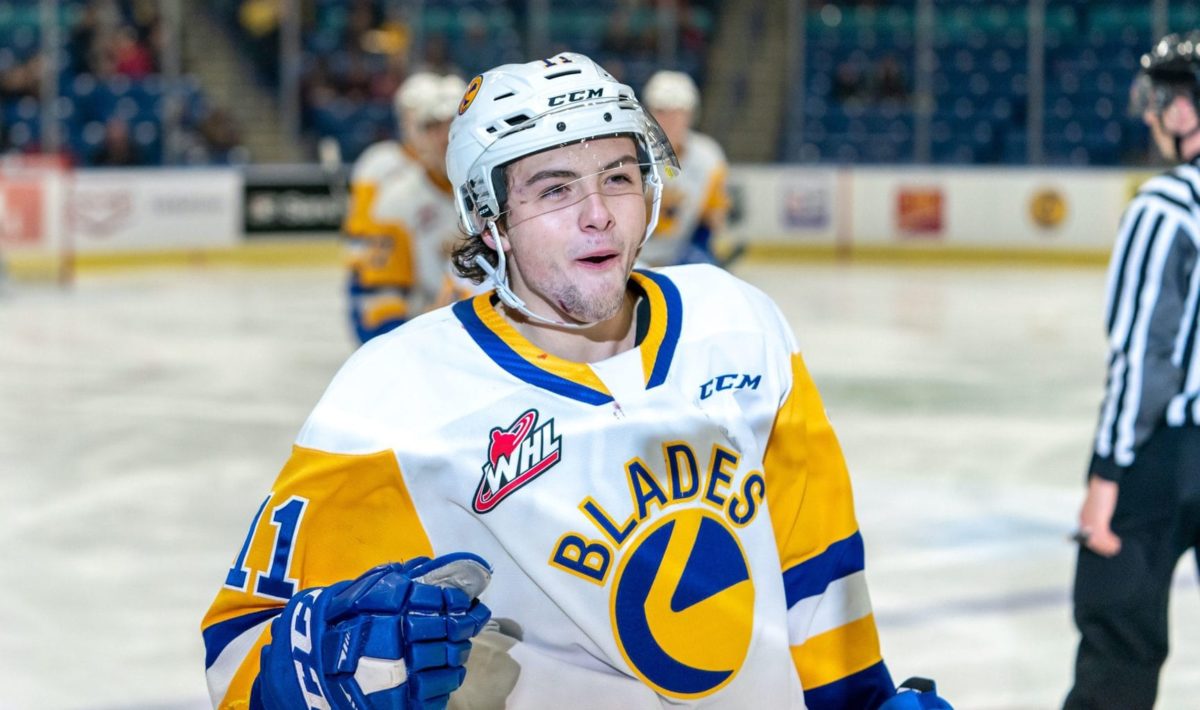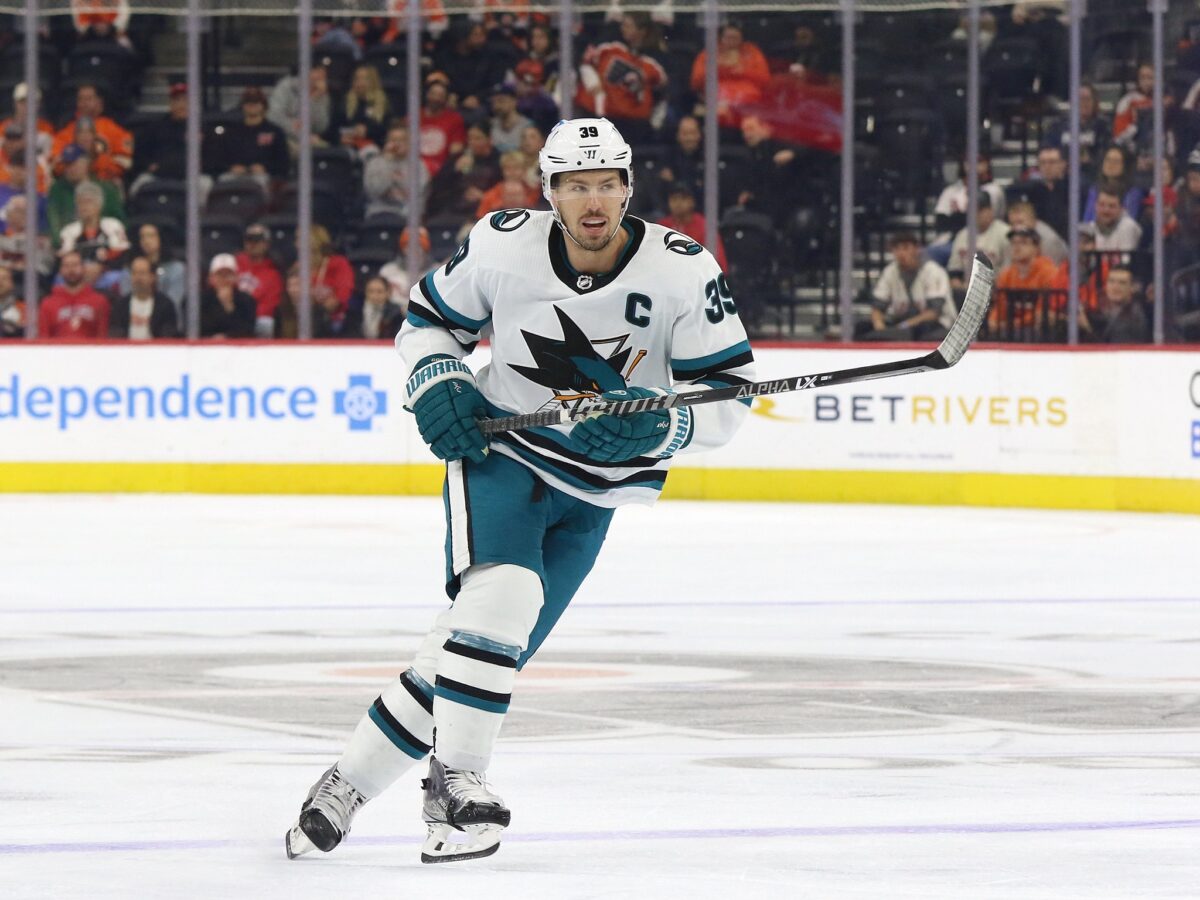General manager Mike Grier has the pressure-filled task of engineering the most pivotal season in San Jose Sharks’ history. The front office’s decisions throughout the 2022-23 season will dictate their route to contention and how long that will take. Not the least of which includes the uncertain future of their prized restricted free agent, Timo Meier. From my observations of the franchise’s current state and personnel, the Sharks have very few options and a limited window of time to make them. Also consider that in their 31-year history, they have never committed to a full rebuild.
As enticing as a complete rebuild may be given the state of the team, there is an alternative route the Sharks could take to return to contention. Both choices have very different outcomes and timelines. So let’s dive right into the two options this organization has at the crossroads of their team’s future.
Sharks Could Wait for Reinforcements & Restock on the Fly
Many are screaming for a complete rebuild without realizing the Sharks realistically began the process three years ago. In perspective, San Jose has used their three seasons of playoff misses to restock what was once a depleted farm system with top-end talent. Offensively, the Sharks look to be about two top-six forwards away from serious contention. Assuming Thomas Bordeleau and William Eklund take the expected leaps, along with their other top prospects, they could fill those gaps sooner than people think. Furthermore, many hefty contracts are due to expire just in time for their top prospects to be re-signed.
This talk of rookies stepping up may seem like a rehashing of Doug Wilson’s statement from the post-Joe Pavelski era. However, what didn’t work a few years ago could work today. Bear in mind, the prospect pool the Sharks had following the 2018-19 season is nowhere near the talent they have stocked in their farm system right now. In fact, all of their high-end picks have come from the 2019 Draft onward.
Their draft class since 2019 consists of Bordeleau, Eklund, Ryan Merkley, Brandon Coe, Tristen Robins, Artemi Kniazev, and Gannon Laroque. All seven currently play for the San Jose Barracuda of the American Hockey League (AHL), and all, aside from Kniazev are under the age of 21. Most importantly, many of them look to be approaching NHL readiness.

One thing’s for certain, this crop of youth is much deeper than it was when Wilson made the statement about young guys stepping up in 2019. Respectfully, the prospect pool at the time was not ready nor capable of sustained NHL production. However, that may no longer be the case, with many new additions having top-six potential in the near future.
Blow It Up
This seems to be the most popular option among fans and analysts, which will require a full personnel turnover that Sharks’ hockey has never witnessed. That would include trading Meier and unloading some of the team’s hefty contracts in Erik Karlsson, Marc-Edouard Vlasic, and Logan Couture. That in itself promises to be a tall task, considering many of those have either played below their pay grade or struggle to remain healthy. Given those factors, the return isn’t likely to have overwhelming compensation, or perhaps even a formidable one. It may bring back moderate future assets that will help the Sharks start from scratch, but at what cost?
Related: Sharks’ Prospect Tournament Provides Insight into a Great Future
A treasure chest of high draft picks for the coming years would pave a long, but hopeful future in San Jose. It can also be a very appealing option considering the expected forward depth of the upcoming draft. But how would such a rebuild affect the Sharks’ current prospect pool? Let’s entertain the thought of cleaning house for the sake of illustration.

A complete rebuild likely adds an additional five or more seasons to their timeline of playoff contention. With this route, current top prospects Bordeleau, Eklund, and co. would be playing tanking hockey well into their mid-late 20s. That seems to be an awful waste of their prime years, and not a timeline many expiring entry-level prospects are willing to re-sign long-term for. If that’s the case, there’s no telling how long the rebuild could take, risking their current prospect pool to become victims of the same story five years from now.
Franchise-Altering Decisions Loom For Sharks’ Front Office
The sudden departure of Wilson left general manager (GM) Mike Grier in a precarious and unenviable position. Numerous mammoth contracts hamper most of the team’s short-term aspirations, the key word being ‘most’. There is a very fine line between the options of a full rebuild and a short-term reshuffling of the deck. Not to put a damper on the long-term perspective, but possessing several seasons of high draft picks does not guarantee future success either. Just ask the Vancouver Canucks who have failed to qualify for the playoffs in seven of the last nine seasons.
The Sharks’ front office could turn the tide of this team’s trajectory in the next one-to-three seasons if they play their cards right. But that would take shrewdness not many GMs possess and a tall task for any first-time GM. However, by executing the right moves and unloading the right contracts via trades, while replenishing their top-six forward corps with current prospects in the system, the Sharks could reset themselves in the near future. One thing is certain; change is coming in San Jose. The real question is, what will those changes look like a year from now? Whatever they are, it’s sure to be a franchise-defining moment for the Sharks’ new front office.
Original concept by Josh Fitzpatrick